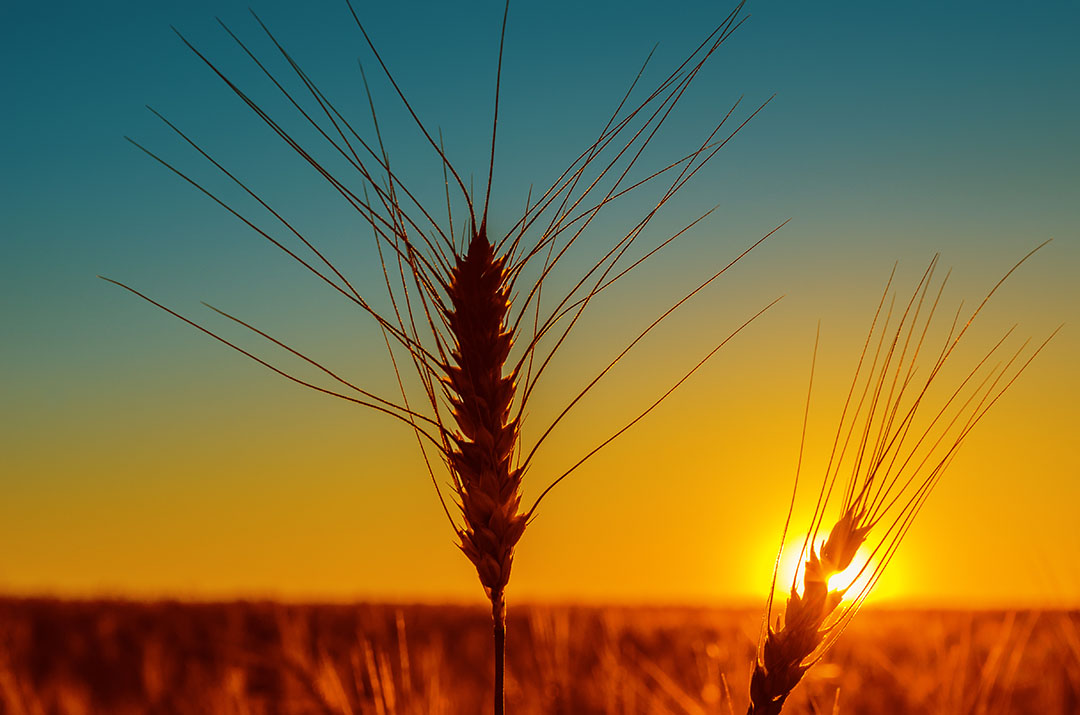Hotspots identified regarding weather extremes

Climate extremes, such as droughts or heat waves, can lead to harvest failures. Researchers therefore identified hotspot regions that are critical for global production and particularly susceptible to the effects of these climate extremes.
Remember the European heat wave and drought in summer 2018, which led to widespread harvest failures and shortages of fodder for livestock in many countries across the continent? Experts around the world forecast that this and other types of climate extremes will intensify and become more frequent in a number of regions worldwide due to climate change.
Using machine-learning algorithm
Extreme events, such as droughts and heat waves, can adversely impact agricultural production and have implications for the livelihoods and food security of communities. To secure and optimise yields in a changing climate, it is crucial to understand the impact of climate extremes on crop yields in the past and present climate. A group of international researchers looked at the effects of climate extremes on global agricultural yields (maize, soybeans, rice and spring wheat) on a global scale using sub-national yield data and applying a machine-learning algorithm.
Hotspots defined
The researchers found that growing season climate factors – including mean climate as well as climate extremes – explain 20 to 49% of the variance of yield anomalies (the range describes the differences between crop types), with 18 to 43% of the explained variance attributable to climate extremes, depending on crop type. Temperature-related extremes show a stronger association with yield anomalies than precipitation-related factors, while irrigation partly mitigates negative effects of high temperature extremes. We developed a composite indicator to identify hotspot regions that are critical for global production and particularly susceptible to the effects of climate extremes. These regions include North America for maize, spring wheat and soy production, Asia in the case of maize and rice production as well as Europe for spring wheat production.
Conclusion
The researchers address that this study highlights the importance of considering climate extremes for agricultural predictions and adaptation planning and provides an overview of critical regions that are most susceptible to variations in growing season climate and climate extremes.











